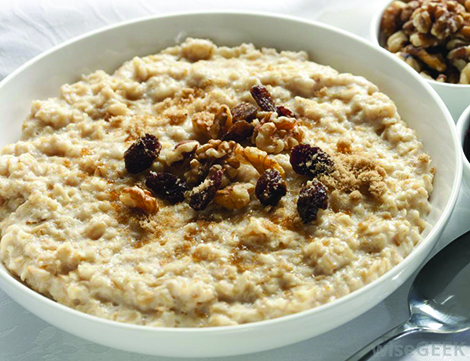Safer homes make independent living easier
Each year in the U.S., one in four people over 65 experiences a fall. It’s a common problem and can lead to a loss of independence, hospitalization, lack of confidence, and in some cases death. Avoiding falls in the first place is a vital aspect of living independently. Here’s how to prevent accidents in the home and make living independently a positive experience:
- Assess your living space. A few simple adjustments can mean the difference between falling and living independently safely. Is there a phone within easy reach? Are there rugs on a polished floor surface? How easy is it to get around your room? Is clutter posing a hazard? Do you need better lighting?
- Make your floors as safe as possible. Invest in anti-slip tiles for bathrooms and kitchens to avoid sliding on water spillages or polished surfaces. Make sure any rugs have anti-slip fixtures underneath to avoid slipping across the floor. Consider a contrasting color for steps and rails to make them easier to see. Since your feet spend so much time on the floor, make sure you have well-fitting shoes and slippers. Avoid flip-flops and flimsy footwear as these easily lead to trips and slips.
- Lighting equipped with sensors to come on when movement is detected is very helpful for stairs and bathrooms, or any room, really. Amber-colored night lights help you see at night.
- Having a handrail in all high-risk places, such as the shower or stairway, is an easy adjustment to prevent falls.
- Gardens are full of hazards, so make sure your green space is as safe as possible. Clear moss and old leaves from the paths to minimize the risk of slippery spaces. When its icy, make sure you lay some grit and have someone clear your paths. Avoid too many pots and ornaments, as they are easy to trip over. Install lighting so you can see in the dark. Remember that you don’t have to do all the work in the garden or house yourself; you can get help from others to do the heavier jobs, which lessens your risk of falling.
- Remove clutter from steps and floors. And avoid trailing wires when using electrical items.
- Keep things within reach. Don’t stretch or balance on step ladders to get things on high shelves or awkward places. Avoid carrying too much at one time, as this can set you off balance, resulting in a fall.
- Practice balance and posture. Join a Pilates/Yoga class or other exercise programs to help you maintain good balance, core strength and posture techniques. Give yourself time to adjust when moving from a sitting position. This helps you avoid dizziness from changes in blood pressure.
Taking these few easy steps to make your living space safer will help you avoid falls and stay independent for longer in your home.
Lisa Cini, who wrote this article, designs home interiors that improve quality of life for seniors. She’s the author of several books on the subject, including “The Future is Here: Senior Living Reimagined.â€

